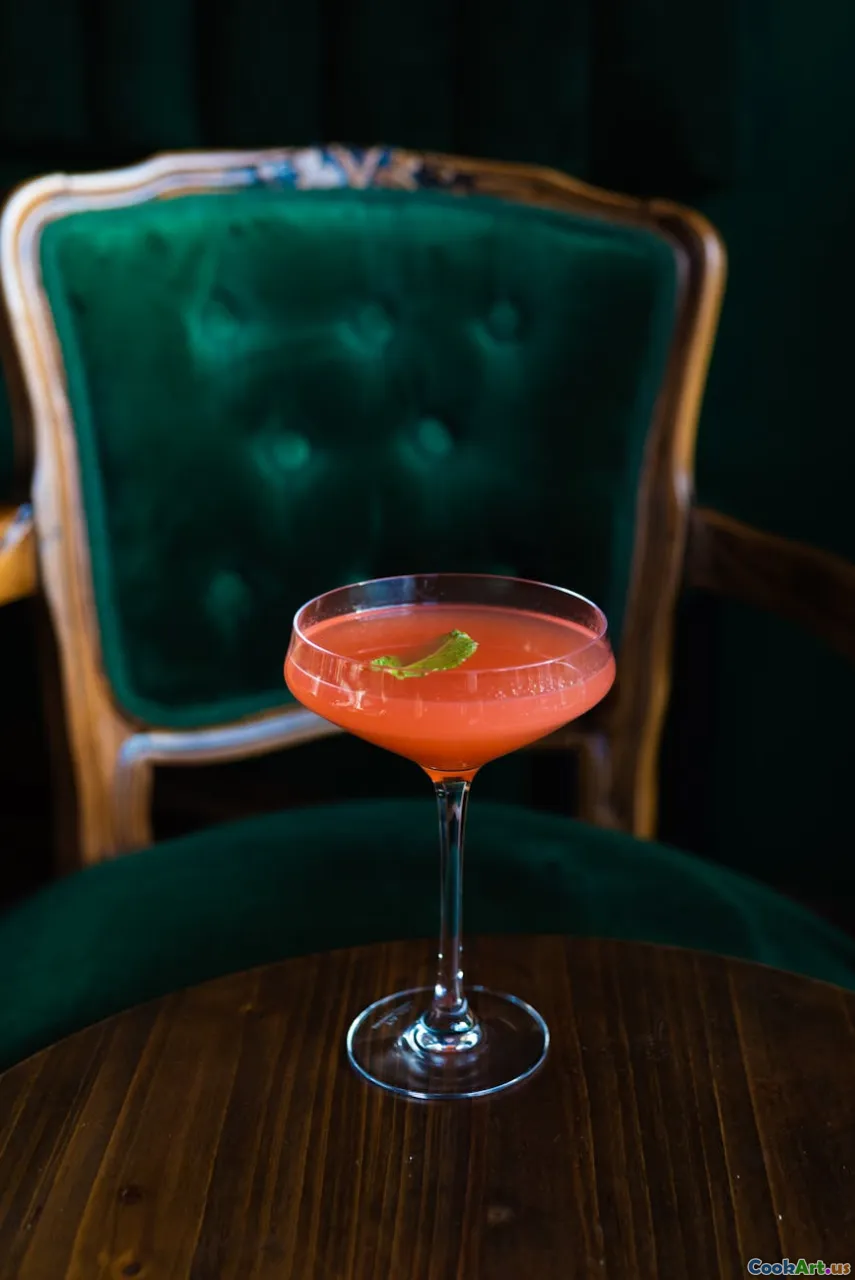How to Create the Perfect Cocktail Balance
5 min read Discover the secrets to achieving perfect cocktail balance for an extraordinary drinking experience. April 11, 2025 23:45
How to Create the Perfect Cocktail Balance
Creating the perfect cocktail is akin to painting a masterpiece. Just as an artist blends colors to evoke emotions, a skilled mixologist combines flavors to create balance and harmony in each sip. Understanding how to achieve this balance is crucial for anyone looking to elevate their cocktail game, whether at home or behind the bar.
Understanding Cocktail Balance
The Components of Balance
In the realm of cocktails, balance can be generally categorized into three primary components:
- Sweetness: This can come from various sources such as syrups, liqueurs, or fresh fruits. Sweetness softens the sharpness of spirits and can add complexity to the drink.
- Sourness: Citrus juices like lemon or lime are common sources of acidity, which help to brighten and refresh cocktails. The sour notes provide a counterpoint to sweetness.
- Bitterness: Bitters and certain spirits (like Campari or Fernet) introduce a layer of bitterness that can enhance depth and complexity. This can also temper sweetness, leading to a more rounded flavor profile.
The Rule of Three
A practical approach to achieving balance is the Rule of Three, which suggests that a well-rounded cocktail typically contains three distinct flavor components. For instance, a classic Whiskey Sour incorporates whiskey (base), lemon juice (sour), and simple syrup (sweet).
Techniques to Achieve Balance
Taste as You Go
The most effective way to ensure balance is to taste your cocktail as you mix it. Start with the base spirit and add other ingredients gradually, adjusting each component based on the flavor profile you desire. Remember, you can always add more, but it’s challenging to take away once added.
Experiment with Ratios
Experimentation is key in mixology. Start with traditional ratios, such as 2:1:1 (two parts spirit, one part sour, one part sweet), and adjust according to your palate. You might find that certain flavors shine brighter at different ratios.
The Role of Temperature
Temperature can significantly affect the perception of flavor. A cocktail served chilled can taste different than one served at room temperature. Ensure your ingredients are well-chilled and consider the dilution factor from ice when shaking or stirring.
Cultural Influences on Flavor Balance
Global Inspirations
Different cultures approach cocktail balance uniquely. For example, the tartness of a Mexican Margarita contrasts beautifully with the sweetness of agave, while a Japanese Highball emphasizes the clarity of flavor through simplicity and precision. Understanding these cultural contexts can inspire your mixology approach.
Ingredient Selection
Sourcing ingredients that reflect seasonal and local produce can add an unexpected twist to your cocktails. Fresh herbs, fruits, and even spices can enhance the balance and introduce new dimensions. Consider using basil for a refreshing twist or ginger for an added zing.
Garnishing for Balance
A cocktail's garnish is not just decorative; it plays an essential role in flavor balance. A sprig of mint or a twist of citrus can elevate the overall drinking experience by adding aromatic elements that enhance the cocktail's complexity.
Conclusion
Mastering the art of cocktail balance requires practice, patience, and a willingness to experiment. By understanding the components of balance, employing effective techniques, and drawing inspiration from global cultures, you can create cocktails that not only taste great but also tell a story. So, gather your ingredients, channel your inner mixologist, and start crafting the perfect cocktail today!









